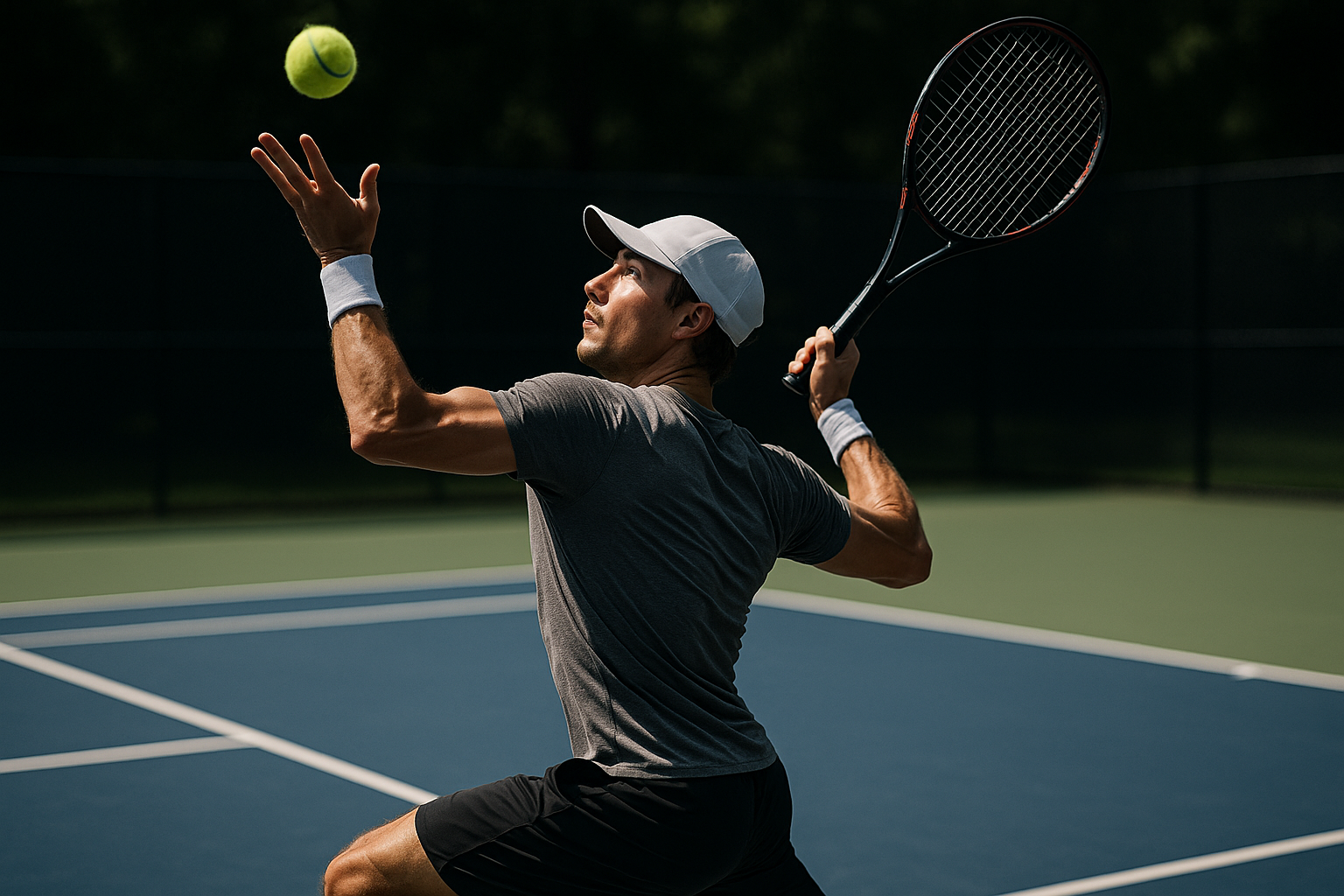Breaking Down the Biomechanics of a Tennis Serve
In the world of tennis, the serve is the most influential shot. It's the only moment in the game when a player has absolute control over the ball, with the ability to dictate the pace and rhythm of the play. But what exactly goes into creating a powerful, accurate serve?

Tennis enthusiasts and athletes alike have often marveled at the sheer speed and precision of professional tennis players’ serves. The serve is a complex action that involves the intricate interplay of biomechanics, muscular strength, and acute timing. This article provides an in-depth exploration of the biomechanics behind a tennis serve and how understanding these principles can improve your game.
A Historical Glimpse into the Tennis Serve
The serve has always been a vital component of tennis, but it has evolved significantly over the years. From the underhand serves of the 19th century to the powerful overhead serves of today, the serve has transformed from a simple starting point of play to a potential weapon in a player’s arsenal.
Biomechanics of the Tennis Serve: An Overview
The tennis serve is a complex multi-joint action that heavily relies on the kinetic chain—a sequence of body parts working together to create a movement. The serve begins with the legs, travels up through the torso, and finally ends in the racquet’s swing. This sequential coordination of movements is crucial for generating power and maintaining control during the serve.
The Role of Kinetic Energy
Kinetic energy is the energy of motion. In a tennis serve, the player’s body generates kinetic energy, which translates into the force that propels the ball. A successful serve requires the skillful transfer of this energy from the player’s body to the racquet and finally into the ball.
The Impact of Physical Fitness
Physical fitness plays a crucial role in executing a powerful serve. Core strength is essential for maintaining balance and stability, while upper body strength aids in generating speed and power. Furthermore, flexibility allows for a more extensive range of motion, contributing to the effectiveness of the serve.
The Serve in Action: Real-World Applications
Understanding the biomechanics of the serve has practical implications for both amateur and professional players. By focusing on specific elements such as timing, body positioning, and kinetic chain utilization, players can refine their serving technique to optimize power and accuracy.
In conclusion, the tennis serve is a complex yet captivating aspect of the sport, intricately combining biomechanics and physical prowess. By understanding the science behind the serve, athletes can not only enhance their performance but also deepen their appreciation for the intricate beauty of the game.




